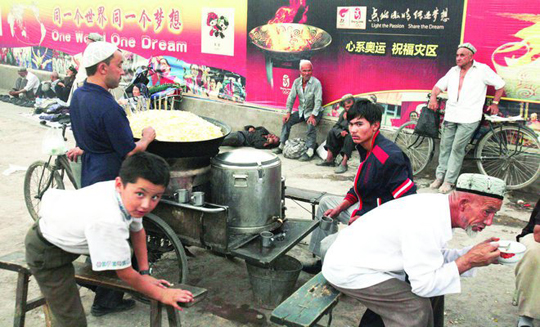Beijing, May 17: China appears to be laying the groundwork for the mass collection of DNA samples from residents of a restive, largely Muslim region that's been under a security crackdown, rights observers and independent experts said Tuesday.

Police in western China's Xinjiang region confirmed to The Associated Press that they are in the process of purchasing at least $8.7 million in equipment to analyze DNA samples.
Observers from Human Rights Watch said they've seen evidence of almost $3 million in additional purchases related to DNA testing. They warned such a collection program could be used as a way for authorities to beef up their political control.
The move comes after Chinese authorities last year reportedly required Xinjiang residents to submit DNA samples, fingerprints and voice records to obtain passports or travel abroad.
If used at full capacity, the new equipment could be used to profile up to 10,000 DNA samples a day and several million a year, said Yves Moreau, a computational biologist specializing in genome analysis and DNA privacy at the University of Leuven in Belgium.
Since it started collecting DNA profiles in 1989, China has amassed the unique genetic information on more than 40 million people, constituting the world's largest DNA database, according to a study last year by forensic researchers at the China Ministry of Public Security.
Unlike many other countries, China lacks legal protections to guard people's privacy and prevent their genetic information from being misused, said Helen Wallace, founder of the British group GeneWatch.
Xinjiang borders several unstable Central Asian countries, including Afghanistan. It has experienced numerous bombings and vehicle and knife attacks blamed on ethnic separatists from the native Uighur minority.
Chinese authorities seeking to counter religious extremism among the Uighurs have taken increasingly aggressive steps to quell the unrest. Those have included mandatory satellite tracking systems for vehicles in some areas, rewards for terror-related tips and prohibitions against women wearing veils and men growing beards.





Comments
Add new comment